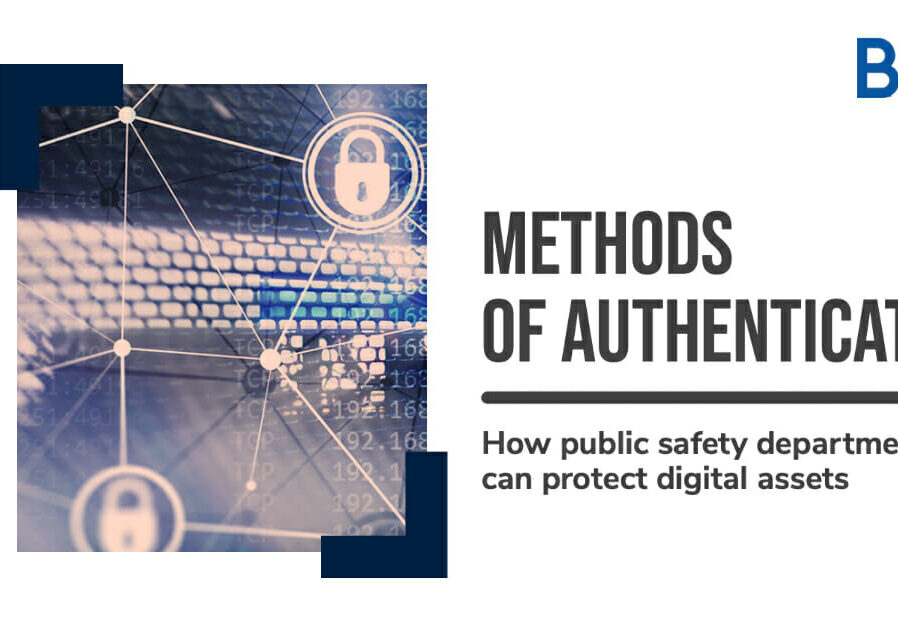Methods of Authentication: Protecting Digital Assets
May 18, 2020
Outfitting a fleet with new technology and computers can be fun. Testing products and bringing the latest technology to your officers – be it laptops, tablets, rugged and semi-rugged, every and any combination that meets your needs. One step that continues to increase in importance is methods of authentication.
It’s no secret that we’re advocates for implementing the proper tools to secure an organization’s IT environment. Public safety agencies are no exception for when it comes to securing data and information. We’re here to help breakdown security and going to cover:
- Why cybersecurity is important in public safety
- Methods of Authentication
- Your (Best) Tool Options for Public Safety
Why Cybersecurity is important for Public Safety
We have to take a moment to do our due diligence in explaining why implementing the best cybersecurity practices into your department is critical in 2020. Cyber security is the battle between hackers stealing profitable data and organizations implementing strategies to protect that data from being stolen. It’s important to note that attackers simply care about valuable data – typically includes personal and financial information. Since government agencies store this type of data, all are potential victims. We outlined cybersecurity projects for departments here.
Methods of Authentication
One of the first lines of defense is to reduce the potential for account takeover with specific methods of authentication. In simple form, methods of authentication are barriers to gaining access to a device or software. We are all familiar with passwords, the most basic and common form of authentication. However, since attacks and digital space continue to evolve, new and more secure methods are available.
There are three categories of authentication:
- Simple single factor authentication methods (passwords) have evolved into second factor or multifactor.
- Second factor requires an additional piece to verify identity – one-time pin or password.
- Multi-factor authentication requires two of the following: something you know (password), something you have (mobile phone), something you are (fingerprint or FaceID), something you do (typing speed, locational info).
Many of us have been exposed to at least one of these, if not all. As more factors are required, the less likely it is for an attacker to access an account.
Your (Best) Authentication Tools for Public Safety
In the public safety space, authentication methods should be required on all devices to elevate protection of all sensitive data. Our partner HID specializes in authentication software that can be programmed to different products.
The backend software is used for verification and authenticates individuals, permitting them to use the device. The software can be applied to products such as fingerprint scanners, badge readers, RFID tags and E-ID cards. It’s also important to note that HID products are CJIS compliant, making them the perfect authentication tool for public safety agencies.
Focusing on technology that supports the job and duty of public safety officials is important, however there is high risk in not properly protecting the data and information collected. Implementing methods of authentication is an important step each agency can take to heighten its security. If you’re interested in learning more, please reach out and we’ll connect you with your localrep!

Posted in Captain's Corner (Legacy), Public Safety
